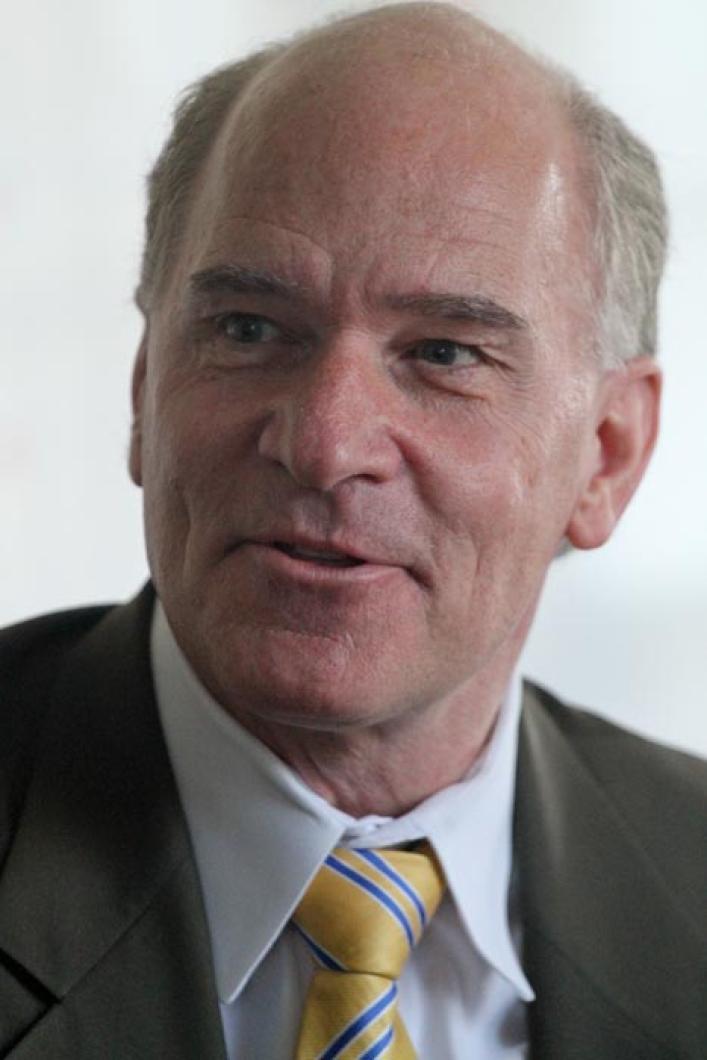Legislative leaders released a sweeping redistricting plan this week that will move Martha’s Vineyard to a new congressional district and prompt the Island’s current congressional delegate, Rep. William Keating, to relocate. Changes in the nation’s population according to 2010 census data are forcing Massachusetts to cut the number of districts from 10 to nine.
Under the proposed plan, the Vineyard will join a reconfigured 9th congressional district that encompasses all of the Cape and Islands, coastal sections of Plymouth County and the South Coast, including part of Fall River and New Bedford. Quincy, Weymouth, Hingham, Cohasset, Abington and Scituate will become part of the 8th district. The Island and New Bedford have not been part of the same congressional district since the late 1990s.
Shortly after the redistricting plan was unveiled by legislative leaders on Monday, Mr. Keating released a statement saying he will change his residency from Quincy to Bourne in order to campaign in the 9th district during the 2012 election. Staying in Quincy would have pitted Mr. Keating against another Democrat, Rep. Stephen F. Lynch of South Boston. Reached by telephone Thursday, Mr. Keating said he did not discuss the decision in advance with Mr. Lynch.
“After talking with my wife Tevis and our children, Kristen and Patrick, I have decided to run in the new 9th Congressional District where we’ve owned a home for 17 years,” Mr. Keating said in the statement. “I hope that the residents of my current district — from Quincy to Provincetown and the Islands — know that their well-being is my primary concern and nothing changes that. I look forward to continuing to represent the people I’m currently serving, as well as the new communities that will be a part of this district in the future.”
Mr. Keating, former district attorney of Norfolk County, was elected to the House of Representatives in 2010. He succeeded William Delahunt, who retired after 14 years in office.
In conversation with the Gazette, Mr. Keating said he looks forward to expanding his work on coastal matters and small-business creation, but also sees a great deal of commonality between his current 10th district and the new 9th district.
“When you represent people at the national level, the issues are quite similar, particularly given the economic climate,” he said.
Mr. Keating plans to move to his summer home in Bourne as early as next week. “This is not a new area to me. There’s not going to be a great deal of adjustment in what we’re doing,” he said. Prior to purchasing his summer home in Bourne, Mr. Keating maintained a part-time residence in Edgartown for 10 years.
Though the primary purpose of the redistricting plan is to decrease the state’s congressional districts, the redistricting committee has used the process to address past grievances over gerrymandered districts and increase the percentage of minority voters within certain areas.
In an interview with The Boston Globe, Michael J. Moran, House chairman of the Special Joint Committee on Redistricting, said the creation of a compact South Coast and Cape Cod district was a priority.
“We’ve drawn up what we believe . . . is an accurate reflection of where the people of the commonwealth are,” he told the Globe.
The new plan would also create the state’s first majority-minority district by extending a Boston-area district currently represented by Rep. Michael Capuano into Milton and Randolph, which are predominately African-American.
The redrawn 7th district is expected to raise the percentage of minority residents to nearly 57 per cent.
The Massachusetts house and senate, must approve the plan before it is signed by Gov. Deval Patrick. If accepted, the plan will take effect in 2013. At that time, the Island’s current congressional district, the 10th, will be dissolved.






Comments
Comment policy »